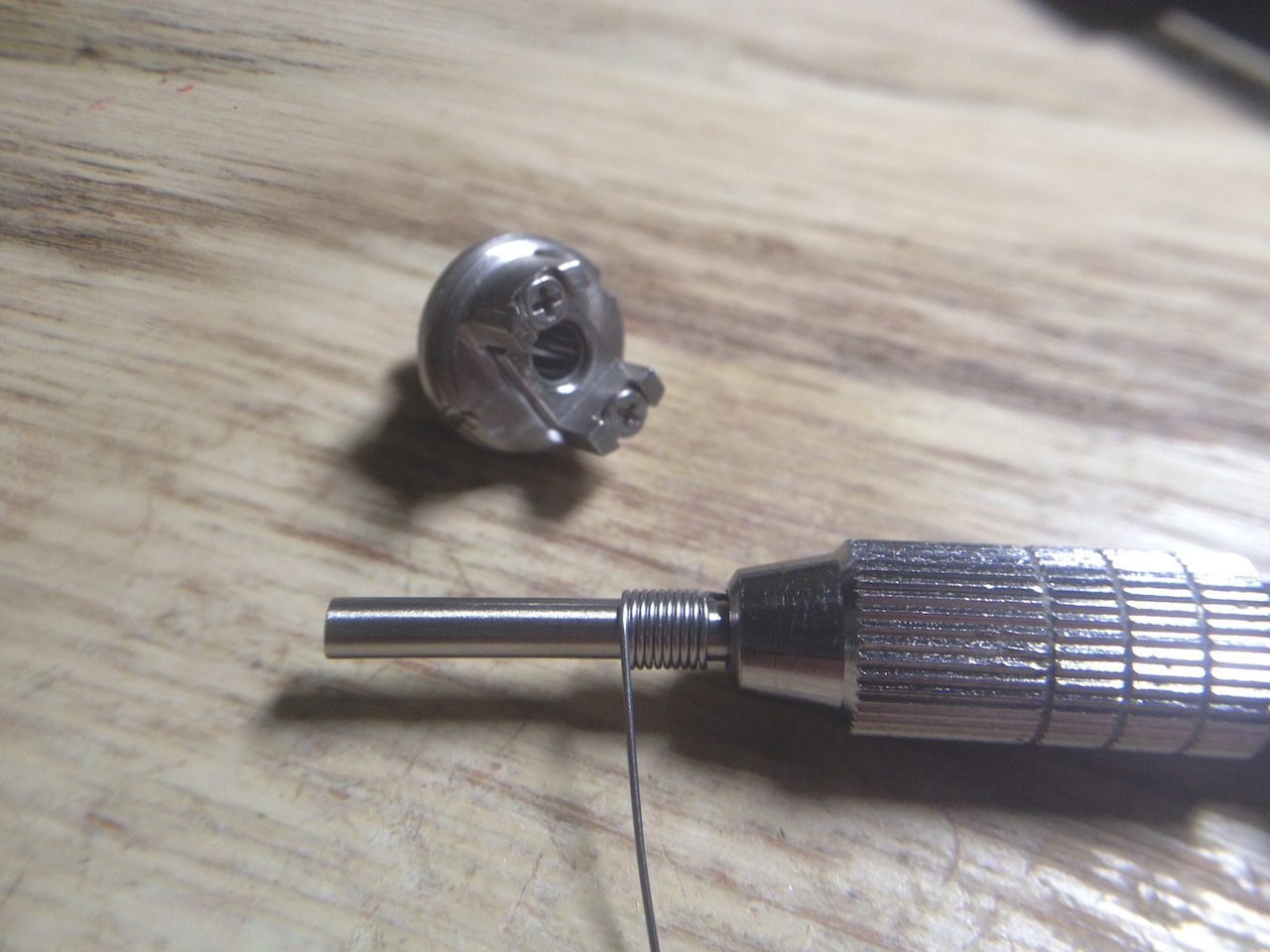Those look like some really long coils. I ran into burning problems when I made mine too long. What I’ve been looking at now is really large diameters (5mm) which shortens the coil while increasing juice flow. It’s got other issues though. Big coils are fragile and prone to hot spots. I’m wondering if your stuff here may have some solutions in that direction
Nearly impossible to get a "hot spot" with a strained coil for reasons I describe above. Large Ø work as you're providing adequate flow availability for the power used/req'd. So less apt to foul even when over-powering (VV/VW). A good thing and glad to see things have moved in this direction from the original micro-coil which limited performance by definition. However, you can progressively cook the juice with too much flow (inadequate vaporization) which can be worse. Not a popular subject here. Problem is with all coils is that they tend towards inefficiency due to inconsistency. Strain winding provides a tool to address this while optimizing Kanthal wire towards its rated spec performance. Unlike other loss variables such as int res of mods, batt's etc. this is one we can control for.
Good luck.
p.s. Parallels I typically post are designed for RxW wicking which have a nominal Ø of 2.7mm. Tensioned micro's can be any size. But consider that wetted surface area is what gets us the vape. And if they don't foul, that's the ticket.
Last edited:



 I let go in another thread the other day and ...... off someone who didn’t really deserve it (well maybe a little bit, but not really)
I let go in another thread the other day and ...... off someone who didn’t really deserve it (well maybe a little bit, but not really)